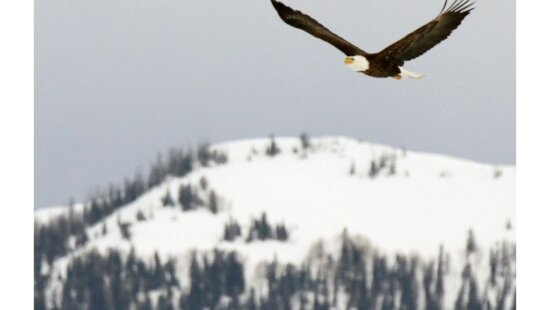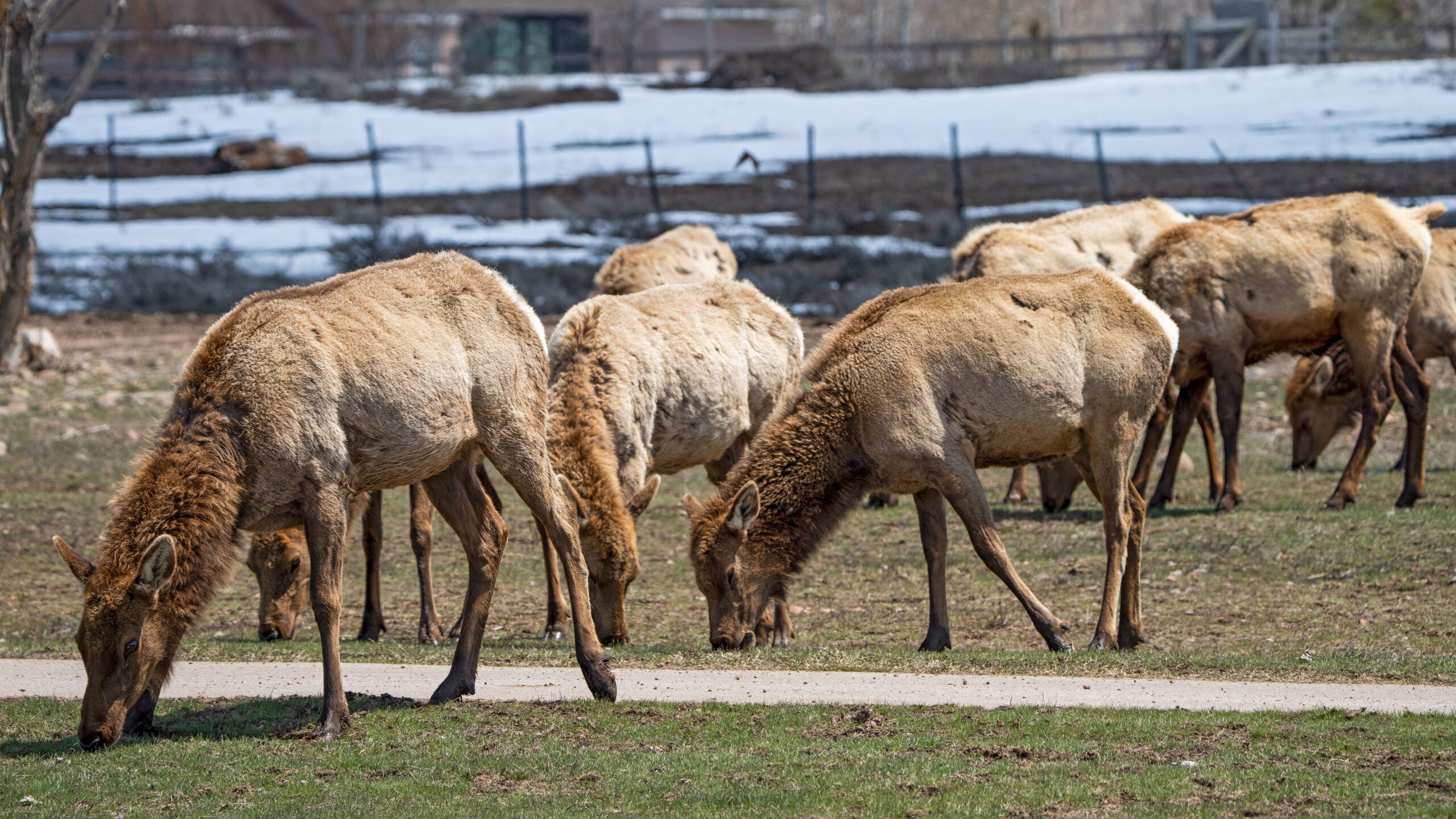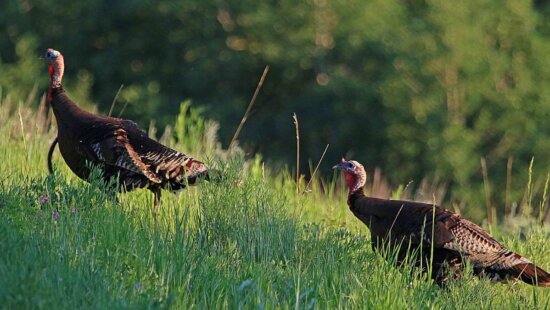Wildlife
Be wild aware and stay safe in mountain lion country
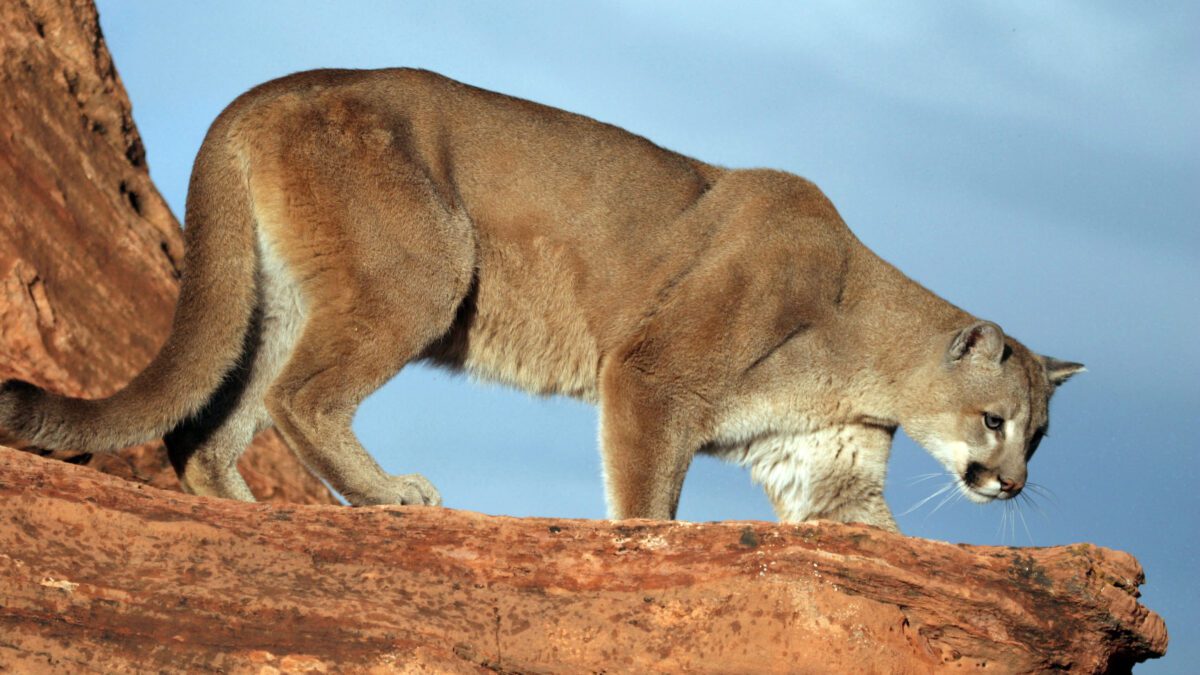
A mountain lion. Photo: Courtesy of Utah Division of Wildlife Resources.
UTAH – Living in a state filled with trails to explore is what makes Utah special. From the hundreds of trails in Summit County to the foothills surrounding Salt Lake City, there is a lot to choose from. However, staying safe while enjoying nature is an often overlooked component that should not be, as the entire state is mountain lion country.
A mountain lion’s principal food source is deer though they will also eat elk, pronghorn, small mammals, and the occasional bird. During winter, mountain lions, also called cougars and pumas, generally move to lower elevations following their prey. While known for being very elusive, their numbers have been increasing in Utah according to trends followed by the Utah Division of Wildlife Resources.
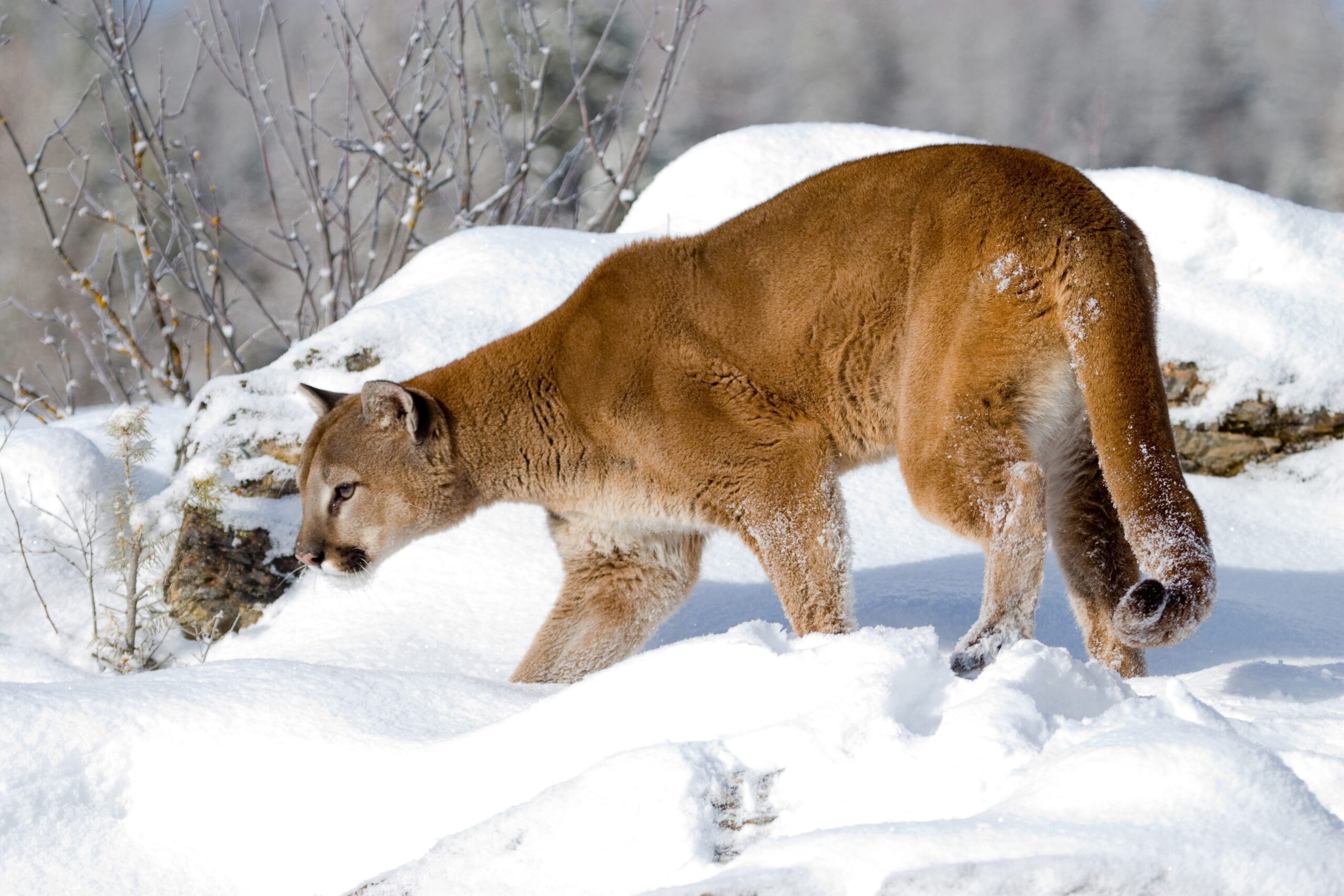
“People are the most likely to encounter cougars in areas frequented by mule deer and during the early morning and at dusk when cougars are most likely to be hunting,” said Darren DeBloois, game mammals coordinator for the Utah Division of Wildlife Resources.
Even though coming into contact with a cougar is rare, there are best practices that can reduce the risk of negative encounters, such as not hiking or jogging alone, making noise while on the trail, or paying close attention to pets and small children. After making a kill, cougars often hide the carcass before returning to it later. For this reason, it is best to leave the area if a dead animal is found on a hike, with even greater importance if it is a deer or elk.
For homeowners, motion-sensitive lighting, bringing pets and livestock inside a closed structure, and reducing vegetation or objects that could be used to conceal a cougar can lessen any negative encounter from occurring.
In the improbable event of an encounter with a mountain lion, the reaction should be somewhat similar to that of a black bear in that the person should not run, maintain eye contact, stand up tall while trying to look big, and talk with a loud commanding voice. Should an attack occur, fight back while protecting the head and neck area, as it is more likely that a cougar will give up and flee.
“Typically, a cougar that is trying to prey on something will sneak up and ambush them,” DeBloois said. “When a cougar lunges or bluffs a charge at someone, they are typically just trying to drive them out of the area because they have kittens or a kill nearby that they are trying to protect.”
Mountain lions will travel long distances moving from one area to the next making any single capture of one on a camera unnecessary to report to DWR. If the animal is spotted multiple times, shows aggressive behavior, or makes a kill in a neighborhood or yard, then reporting the animal to DWR is the best course of action.
For more information on how to stay safe while out enjoying nature, visit the Wild Aware Utah website.














